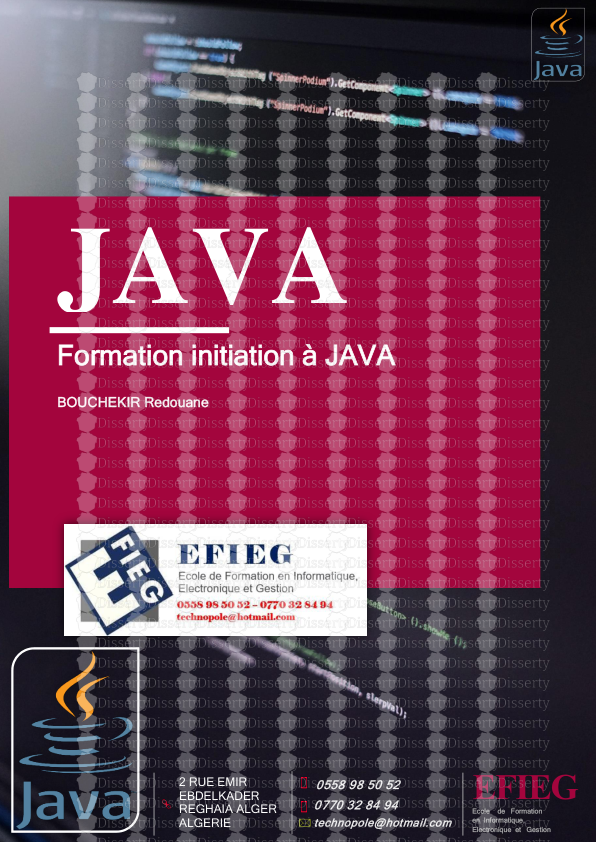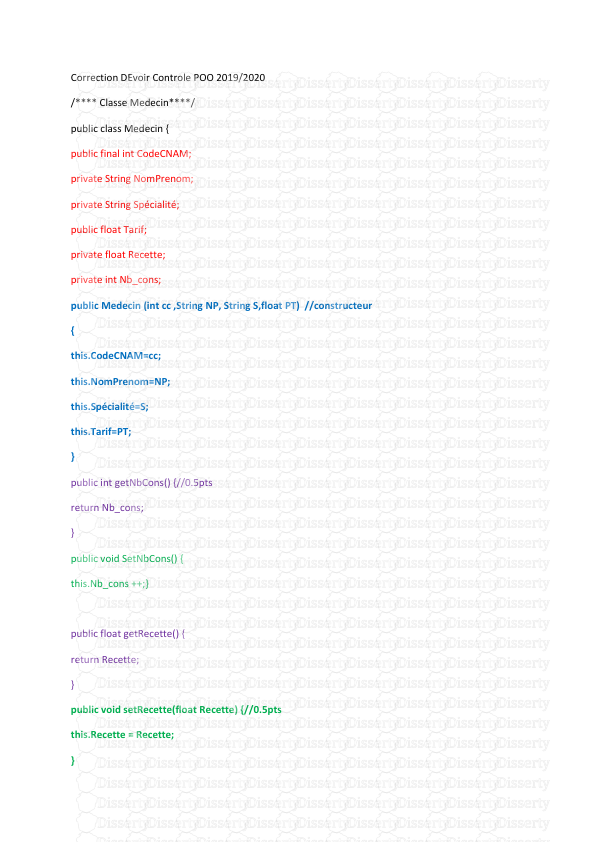...............................................................................
...................................................................................................................................... Apache Log4j 2 v. 2.0.2 User's Guide ...................................................................................................................................... The Apache Software Foundation 2014-08-29 T a b l e o f C o n t e n t s i © 2 0 1 4 , T h e A p a c h e S o f t w a r e F o u n d a t i o n • A L L R I G H T S R E S E R V E D . Table of Contents ....................................................................................................................................... 1. Table of Contents ........................................................... i 2. Introduction ................................................................. 1 3. Architecture ................................................................. 3 4. Log4j 1.x Migration ........................................................ 10 5. API .......................................................................... 16 6. Configuration ............................................................... 18 7. Web Applications and JSPs .............................................. 43 8. Plugins ...................................................................... 50 9. Lookups .................................................................... 53 10. Appenders .................................................................. 57 11. Layouts .................................................................... 111 12. Filters ...................................................................... 131 13. Async Loggers ............................................................ 144 14. JMX ........................................................................ 158 15. Logging Separation ....................................................... 165 16. Extending Log4j .......................................................... 167 17. Extending Log4j Configuration .......................................... 175 18. Custom Log Levels ....................................................... 178 T a b l e o f C o n t e n t s ii © 2 0 1 4 , T h e A p a c h e S o f t w a r e F o u n d a t i o n • A L L R I G H T S R E S E R V E D . 1 I n t r o d u c t i o n 1 © 2 0 1 4 , T h e A p a c h e S o f t w a r e F o u n d a t i o n • A L L R I G H T S R E S E R V E D . 1 Introduction ....................................................................................................................................... 1.1 Welcome to Log4j 2! 1.1.1 Introduction Almost every large application includes its own logging or tracing API. In conformance with this rule, the E.U. SEMPER project decided to write its own tracing API. This was in early 1996. After countless enhancements, several incarnations and much work that API has evolved to become log4j, a popular logging package for Java. The package is distributed under the Apache Software License, a fully-fledged open source license certified by the open source initiative. The latest log4j version, including full-source code, class files and documentation can be found at http://logging.apache.org/ log4j/2.x/index.html. Inserting log statements into code is a low-tech method for debugging it. It may also be the only way because debuggers are not always available or applicable. This is usually the case for multithreaded applications and distributed applications at large. Experience indicates that logging was an important component of the development cycle. It offers several advantages. It provides precise context about a run of the application. Once inserted into the code, the generation of logging output requires no human intervention. Moreover, log output can be saved in persistent medium to be studied at a later time. In addition to its use in the development cycle, a sufficiently rich logging package can also be viewed as an auditing tool. As Brian W. Kernighan and Rob Pike put it in their truly excellent book "The Practice of Programming": As personal choice, we tend not to use debuggers beyond getting a stack trace or the value of a variable or two. One reason is that it is easy to get lost in details of complicated data structures and control flow; we find stepping through a program less productive than thinking harder and adding output statements and self-checking code at critical places. Clicking over statements takes longer than scanning the output of judiciously-placed displays. It takes less time to decide where to put print statements than to single-step to the critical section of code, even assuming we know where that is. More important, debugging statements stay with the program; debugging sessions are transient. Logging does have its drawbacks. It can slow down an application. If too verbose, it can cause scrolling blindness. To alleviate these concerns, log4j is designed to be reliable, fast and extensible. Since logging is rarely the main focus of an application, the log4j API strives to be simple to understand and to use. 1.1.2 Log4j 2 Log4j 1.x has been widely adopted and used in many applications. However, through the years development on it has slowed down. It has become more difficult to maintain due to its need to be compliant with very old versions of Java. Its alternative, SLF4J/Logback made many needed improvements to the framework. So why bother with Log4j 2? Here are a few of the reasons. 1. Log4j 2 is designed to be usable as an audit logging framework. Both Log4j 1.x and Logback will lose events while reconfiguring. Log4j 2 will not. in Logback exceptions in Appenders are never visible to the application. In Log4j 2 Appenders can be configured to allow the exception to percolate to the application 2. Log4j 2 contains next-generation lock-free Asynchronous Loggers based on the LMAX Disruptor library. In multi-threaded scenarios Asynchronous Loggers have 10 times higher throughput and orders of magnitude lower latency than Log4j 1.x and Logback. 1 I n t r o d u c t i o n 2 © 2 0 1 4 , T h e A p a c h e S o f t w a r e F o u n d a t i o n • A L L R I G H T S R E S E R V E D . 3. Log4j 2 uses a Plugin system that makes it extremely easy to extend the framework by adding new Appenders, Filters, Layouts, Lookups, and Pattern Converters without requiring any changes to Log4j. 4. Due to the Plugin system configuration is simpler. Entries in the configuration do not require a class name to be specified. 5. Support for Message objects. Messages allow support for interesting and complex constructs to be passed through the logging system and be efficiently manipulated. Users are free to create their own Message types and write custom Layouts, Filters and Lookups to manipulate them. 6. Log4j 1.x supports Filters on Appenders. Logback added TurboFilters to allow filtering of events before they are processed by a Logger. Log4j 2 supports Filters that can be configured to process events before they are handled by a Logger, as they are processed by a Logger or on an Appender. 7. Many Logback Appenders do not accept a Layout and will only send data in a fixed format. Most Log4j 2 Appenders accept a Layout, allowing the data to be transported in any format desired. 8. Layouts in Log4j 1.x and Logback return a String. This resulted in the problems discussed at Logback Encoders. Log4j 2 takes the simpler approach that Layouts always return a byte array. This has the advantage that it means they can be used in virtually any Appender, not just the ones that write to an OutputStream. 9. The Syslog Appender supports both TCP and UDP as well as support for the BSD syslog and the RFC 5424 formats. 10. Log4j 2 takes advantage of Java 5 concurrency support and performs locking at the lowest level possible. Log4j 1.x has known deadlock issues. Many of these are fixed in Logback but many Logback classes still require synchronization at a fairly high level. 11. It is an Apache Software Foundation project following the community and support model used by all ASF projects. If you want to contribute or gain the right to commit changes just follow the path outlined at Contributing 2 A r c h i t e c t u r e 3 © 2 0 1 4 , T h e A p a c h e S o f t w a r e F o u n d a t i o n • A L L R I G H T S R E S E R V E D . 2 Architecture ....................................................................................................................................... 2.1 Architecture 2.1.1 Main Components Log4j uses the classes shown in the diagram below. Applications using the Log4j 2 API will request a Logger with a specific name from the LogManager. The LogManager will locate the appropriate LoggerContext and then obtain the Logger from it. If the Logger must be created it will be associated with the LoggerConfig that contains either a) the same name as the Logger, b) the name of a parent package, or c) the root LoggerConfig. LoggerConfig objects are created from Logger declarations in the configuration. The LoggerConfig is associated with the Appenders that actually deliver the LogEvents. 2.1.1.1 Logger Hierarchy The first and foremost advantage of any logging API over plain System.out.println resides in its ability to disable certain log statements while allowing others to print unhindered. This capability assumes that the logging space, that is, the space of all possible logging statements, is categorized according to some developer-chosen criteria. In Log4j 1.x uploads/S4/ log4j-users-guide.pdf
Documents similaires










-
16
-
0
-
0
Licence et utilisation
Gratuit pour un usage personnel Attribution requise- Détails
- Publié le Sep 01, 2022
- Catégorie Law / Droit
- Langue French
- Taille du fichier 1.0263MB


